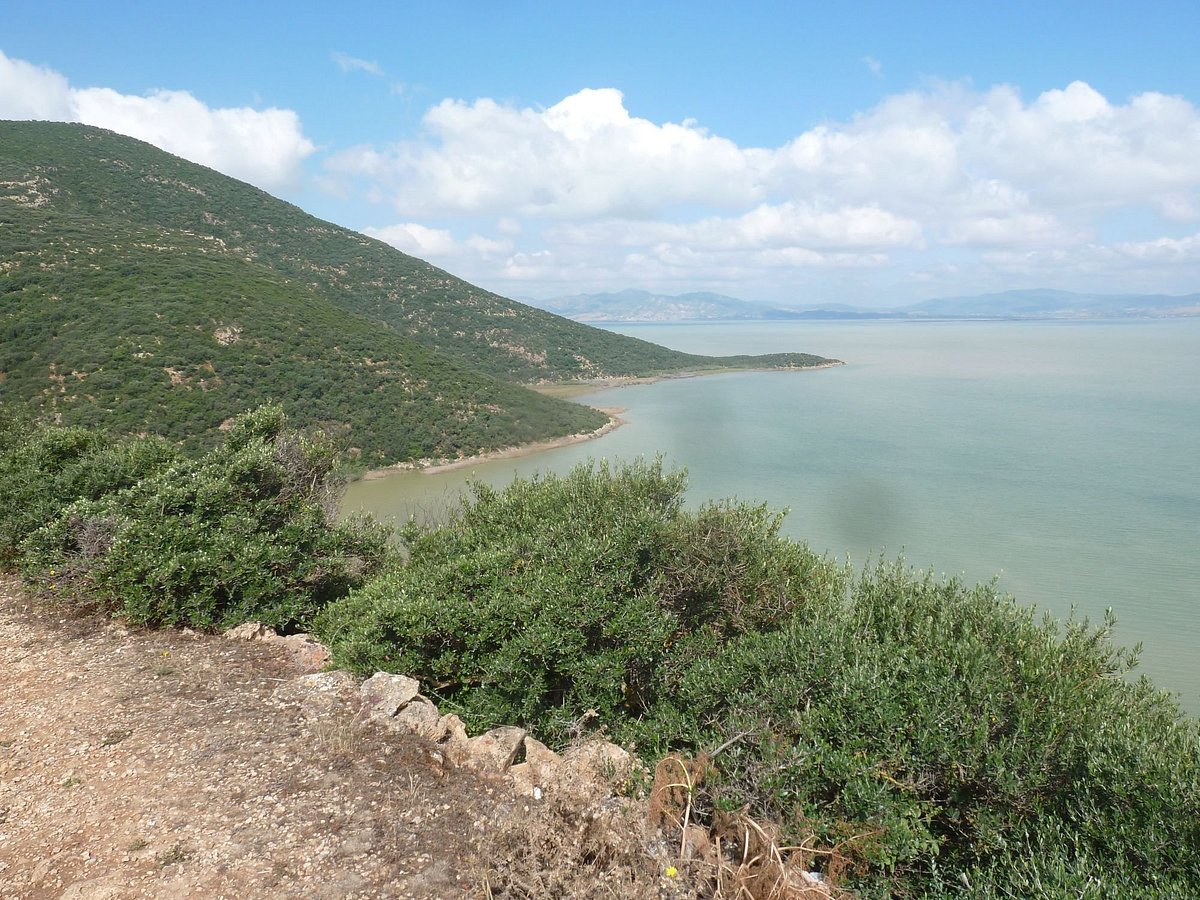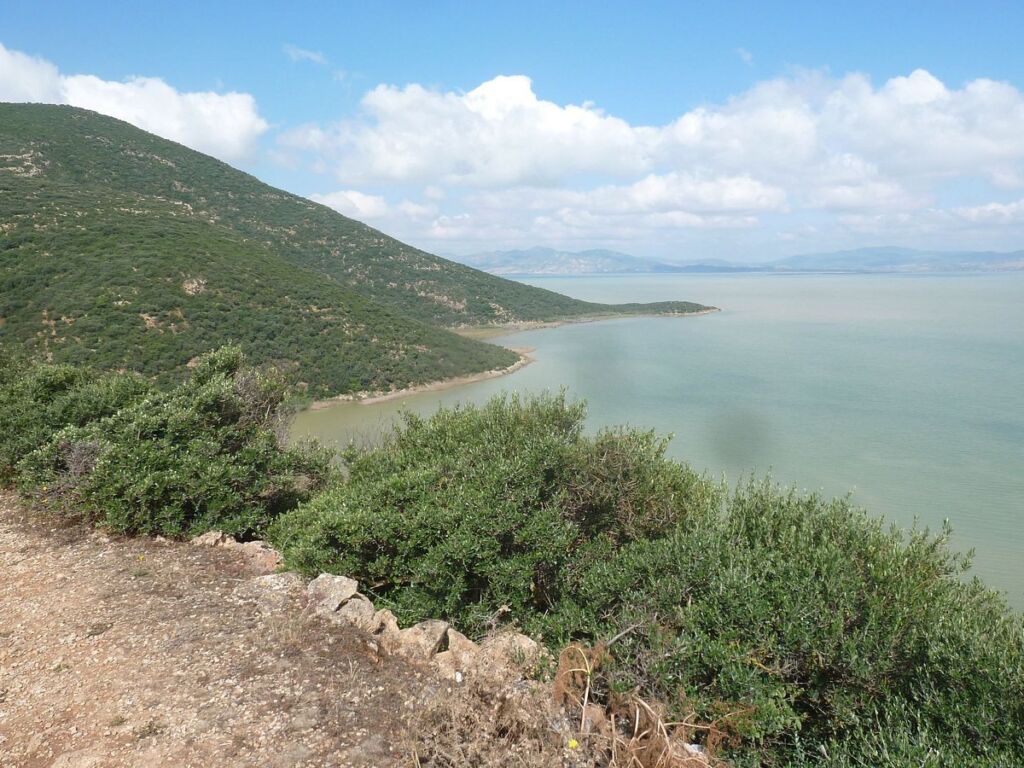Страна:
Регион:
Значение:
Время визита:
Цена:
Почему Топ:
It is the last freshwater lake in a chain that once stretched across North Africa and a vital stopover for migratory birds.
Описание:
The lake is surrounded by marshes, hills, and Jebel Ichkeul mountain, which rises to 511 meters. Its ecosystem is unique due to the seasonal balance of freshwater and saltwater. It serves as a refuge for hundreds of thousands of birds, including flamingos, geese, and storks. Despite ecological threats from dams and salinity, conservation efforts have helped preserve its biodiversity. Area: 87,169998 sq. km., volume: 1584,95 cubic meters, depth avg: 18,200001 m, shore length: 53,25 m, res time: 1031,3, elevation: ‑6
Факты:
UNESCO World Heritage Site since 1980. Listed as endangered from 1996 to 2006. Park area is 12,600 hectares.
Значение:
Global value, protected by UNESCO, the Ramsar Convention, and Tunisia’s Ministry of Agriculture.
Категории:
Зачем посещать:
Интерес:
Физподготовка:
Лучшее время:
Делать:
Guided tours
nature study
photography
Walking
Walking
Доступ:
Roads:
Facilities:
Open:
Attendance:
Emergency:
197
Info:
Safety:
Safe site, low crime rate, follow park rules.
Clothing:
Comfortable seasonal clothing, sun protection, hat, comfortable shoes.
Climate:
Mediterranean climate with mild winters and hot summers.
Tips:
Bring binoculars, water, avoid midday heat, respect nature.
Connection:
Ok
- Saami
- Germany
- Unadsdalur Church
- Kenya Nchi Yangu Song
- Morocco
- Somalia: A Country of Risk and Contrasts — Is It Worth Going?
- Everyone says i’m running away
- Greece
- Greenland
- Moab
- Kostroma (Russia)
- How to Get Around Australia
- The World of Varans
- Travel to Cambodia
- Big Game Fishing — захватывающий туризм на волне приключений
- Lofoten Islands
- BMW: путешествие по следам легендарного бренда
- Shakira — Waka Waka (This Time for Africa)
- Panama
- North Coast 500: грандиозный маршрут по Северному нагорью Шотландии

 France
France
